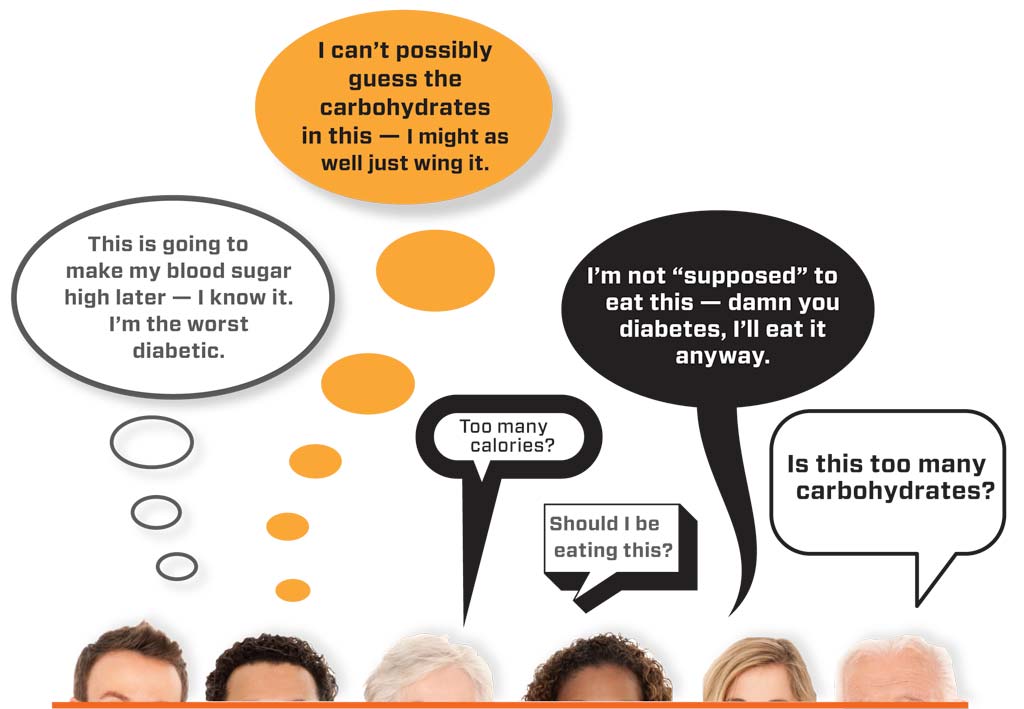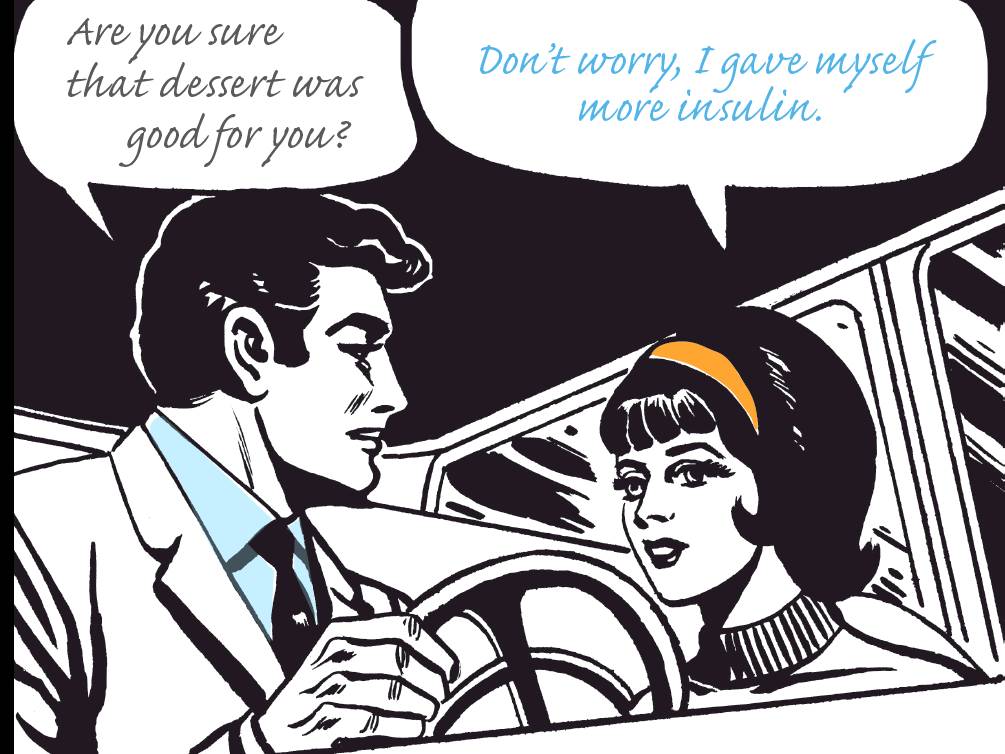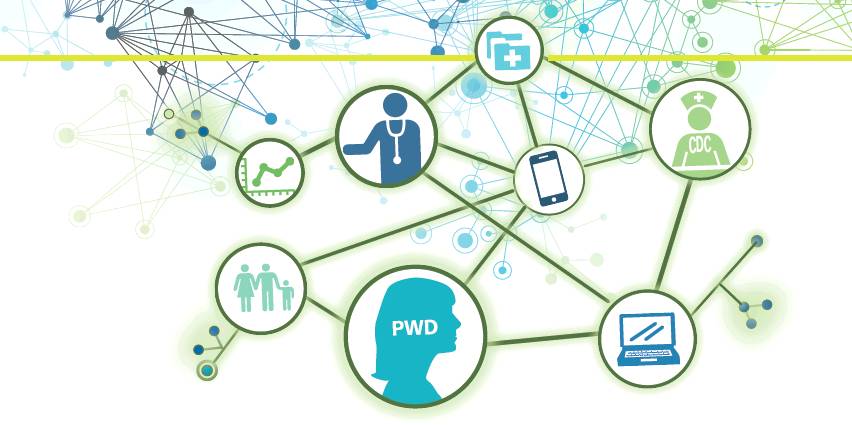
Living with diabetes can be overwhelming and emotionally difficult.
When you have a difficult diabetes-related emotion, it’s normal to spend a lot of time and energy trying to make yourself feel better. One common strategy is to avoid or bury these feelings. People do a lot of different things to avoid difficult emotions. For example, some people watch television, while others sleep, exercise, or binge eat or drink. Sometimes people with diabetes don’t manage their blood sugars because doing so may bring up feelings that they want to avoid.
How well do these avoidance strategies work? While some people may find it helps them feel better in the short-term, these strategies don’t usually help them deal with negative feelings in the long-term. They also may cost you. For example, if you spend a lot of time sleeping to avoid thinking about how overwhelmed you are with diabetes, it leaves less time to do things that may be important to you, like spending time with your friends and family, or managing your diabetes.
What if I asked you to not try to avoid your uncomfortable diabetes-related emotions, but instead to simply observe them? What if I told you that doing this may help you focus less on your negative feelings and give you more freedom in your life?
Mindfulness means paying attention on purpose, in the present moment and nonjudgmentally, to what are you are experiencing. It is observing the thoughts, emotions, and physical feelings you are having right now, without judgement. The goal of mindfulness is not to make you feel a certain way (e.g., relaxed or happy), but to give yourself the space to just notice your present experience.
Being mindful can be hard, and being mindful when living with diabetes can be even harder. It can be especially difficult to pay attention to your experiences in the present moment when you are busy doing everything necessary to manage your diabetes. It’s even more challenging to pay attention to the present moment without judging yourself – and who hasn’t beaten themselves up over a high or low blood sugar reading? Even though it may not be easy, mindfulness can be a tool you can use to help you manage difficult diabetes-related emotions.
How it Works:
Let’s take a minute and think about what you may get out of being more mindful with diabetes:
-First, you may learn something new about yourself.
-You may see that even though it is not always easy, you can handle having uncomfortable emotions around your diabetes.
-You may even find that experiencing these emotions is not as bad as you thought it might be.
It also may be easier to do the things that are important to you, but that you have been avoiding. While these feelings may still be uncomfortable, you may find that mindfulness makes it harder for them to control your behavior. Mindfulness can allow you to choose your behavior, rather than letting your emotions choose it for you.
Here are two ways that you can start being more mindful with diabetes:
Mindful eating:
As you eat, notice any thoughts you have about your food, like:
-Are you looking forward to eating it?
-Are you feeling guilty about eating it?
-Are you worried about what the food will do to your blood sugar?
Take some time and notice the different sensations you experience as you eat:
-How does the food feel on your lips, your tongue, as you swallow?
-What does your food taste like?
-What is the temperature?
-The texture?
-How spicy is it?
Just notice, without judgment, what you experience as you eat your meal. Try eating one meal mindfully and see what you notice and learn.
Mindful glucose monitoring:
Before you check you blood sugar, notice your thoughts:
Do you think your blood sugar is high, low, or in range?
How does this make you feel? Content? Discouraged?
Notice what it feels like to prick your finger.
-Note all the steps involved in putting the drop of blood on the strip.
-When you see the result, notice your response. Are you surprised? Proud? Frustrated?
Once you have the result, just take a minute and observe what you just experienced – not from a place of judgment, but from one of curiosity.
Mindfulness takes ongoing practice. Keep in mind that the goal isn’t to make your negative feelings go away, but to notice them. I hope that you will also notice the pleasant feelings. Whatever you experience, mindfulness gives you the space to observe your emotions while not letting them control you. This space can help you make decisions based on your real wants, rather than what your emotions are “telling” you to do.
Mindfulness needs to be experienced to be understood. If you want, you can try a short mindfulness exercise. Click on the link below to get started:
http://marc.ucla.edu/mpeg/01_Breathing_Meditation.mp3
Thanks for reading this Insulin Nation article. Want more Type 1 news? Subscribe here.
Have Type 2 diabetes or know someone who does? Try Type 2 Nation, our sister publication.







